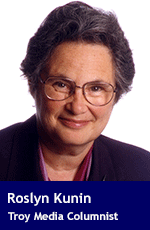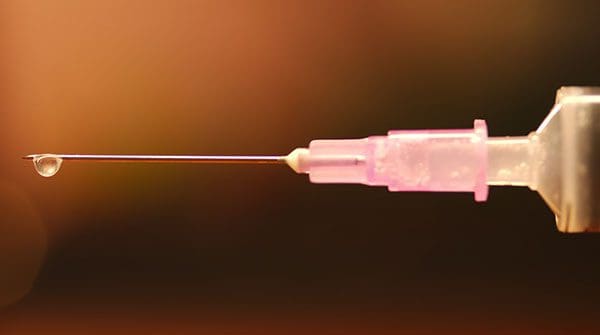Politicians keep proposing involuntary treatment for addicts but lack the necessary resources and infrastructures to back it up

For interview requests, click here
There is an old joke about a chemist, an engineer and an economist stranded on a desert island with a can of beans they are trying to open. The chemist says, “Let’s put the tin in the ocean, and the salt water will eventually corrode the metal so we can get the beans.”
“That will take way too long,” says the engineer. “Let’s put the tin in the fire. The heat will cause the tin to explode, and we can estimate the trajectory of the beans in the explosion and then gather them up.” They turn to the economist who says, “Assume we have a can opener …”
It is not only economists who use wishful thinking as a way to deal with harsh realities. Politicians are also very good at it. Dealing with the problem of addictions and addicts is one very harsh reality that British Columbia is facing during the current election campaign.
The addiction problem generates a higher rate of tragic deaths than did the Covid epidemic and has lasted much longer. Almost nothing has been done to deal with it. Perhaps this was because many felt that this was a problem of the downtown east side and had nothing to do with them. But now the problem is spreading geographically, addicts are committing more violent acts and public safety is threatened. Dealing with potentially violent addicts has become an election issue.
Both the NDP and the BC Conservatives have included involuntary treatment for addicts in their platforms and the municipal government of Vancouver is in agreement. This would get potentially dangerous people off the street preventing them from harming others or themselves. On the other hand, the question of civil liberty has been raised with respect to forced treatment.
We do want to keep society safe. We want to be able to treat addicts and hopefully free them from their addictions. But there is a strong element of wishful thinking in proposing involuntary treatment because we do not have the means to provide such treatment even when it is sought voluntarily.
When addicts have hit bottom and are ready to turn their lives around, most cannot secure a space in a public facility that can treat them in a timely fashion or at all. Even families with the resources to access private care for their loved ones cannot always access the needed services.
The NDP has promised 400 new beds at a cost of around $1 billion. We don’t know where that money will come from, although wishful thinking on the part of the mayor of Vancouver sees the federal government coming up with funds.
It is not only money that is needed to be able to provide the necessary treatment. It is capital, both physical and human. The physical capital would be in the form of buildings and equipment. Our overall health system is already facing shortages of hospital beds and much more. The problem is even more acute when dealing with mental health-related issues.
More than buildings, beds and equipment are needed to effectively treat those suffering from addictions. We need a large number of qualified and capable individuals, including doctors, nurses, counsellors, and aides, who are willing and ready to step up. They are the human capital, and, as with physical capital, they are in short supply. This is true throughout the healthcare system and is even more acute when seeking those with the specialized training and the desire to deal with mental health and addiction issues.
Building an effective treatment system takes time, as does treating individuals. One week of involuntary treatment has been suggested as the duration for involuntary treatment. Though that will get dangerous people off the street for a while, it is not nearly enough to make a difference to the addict or to society.
The California Civil Addict Program provides an average of a year and a half of residential treatment, including education and job training. This is followed by up to five years of drug testing and monitoring. The treatment is mandatory and is quite effective. However, some participants who were mistakenly released early did relapse confirming the need for the long duration of the program.
Addiction is an ongoing and tragic problem. We need to be able to provide more than inadequate solutions and wishful thinking.
Dr. Roslyn Kunin is a respected Canadian economist known for her extensive work in economic forecasting, public policy, and labour market analysis. She has held various prominent roles, including serving as the regional director for the federal government’s Department of Employment and Immigration in British Columbia and Yukon and as an adjunct professor at the University of British Columbia. Dr. Kunin is also recognized for her contributions to economic development, particularly in Western Canada.
Explore more on BC election, Drug abuse, Eby government
The opinions expressed by our columnists and contributors are theirs alone and do not inherently or expressly reflect the views of our publication.
Troy Media
Troy Media is an editorial content provider to media outlets and its own hosted community news outlets across Canada.


